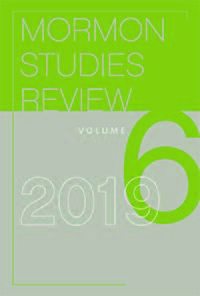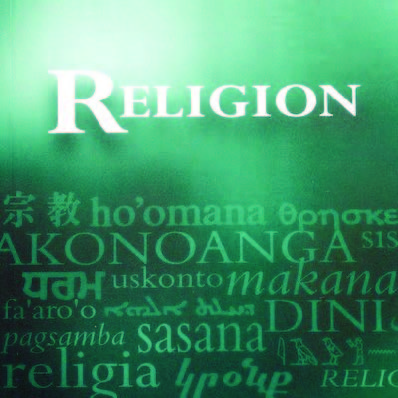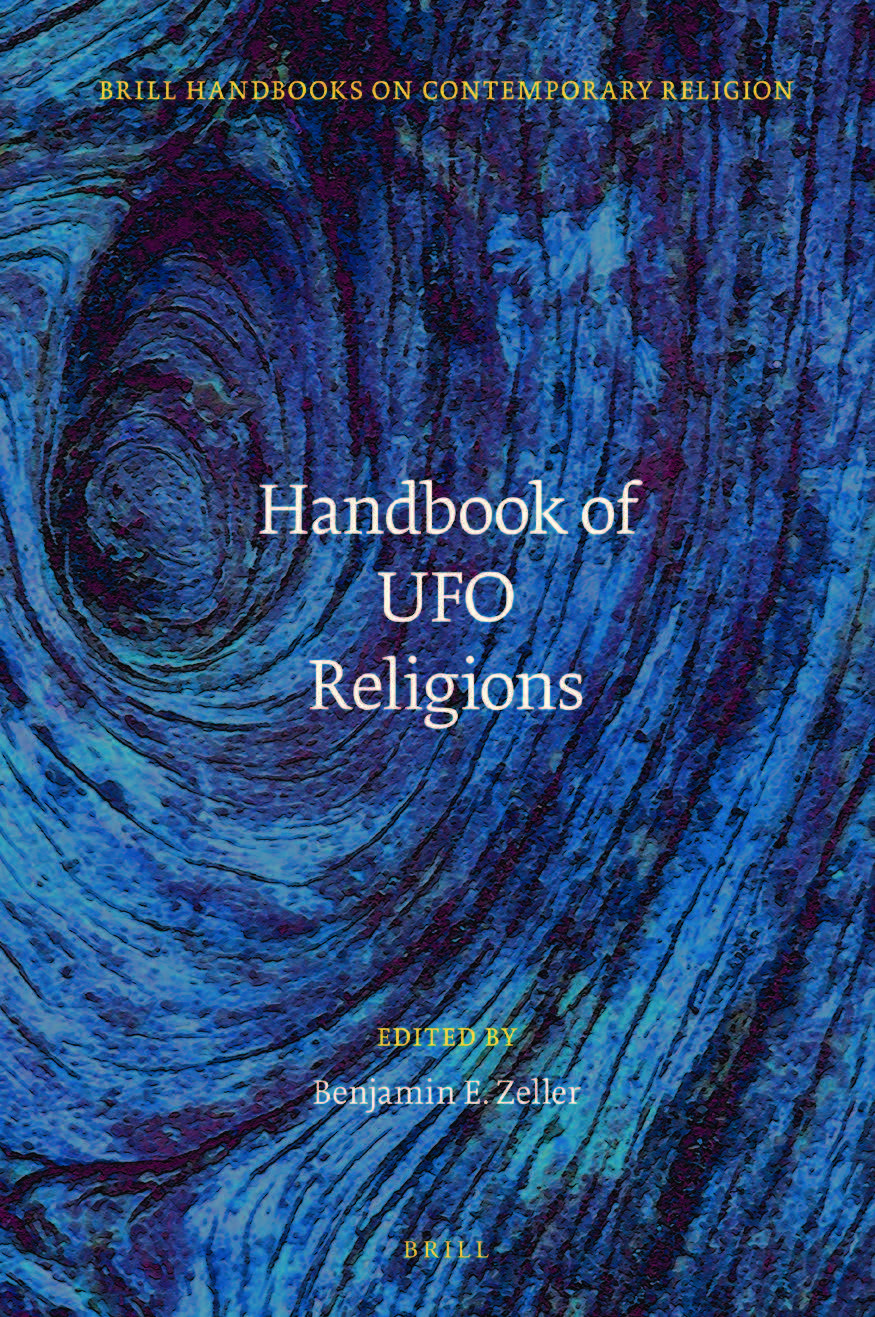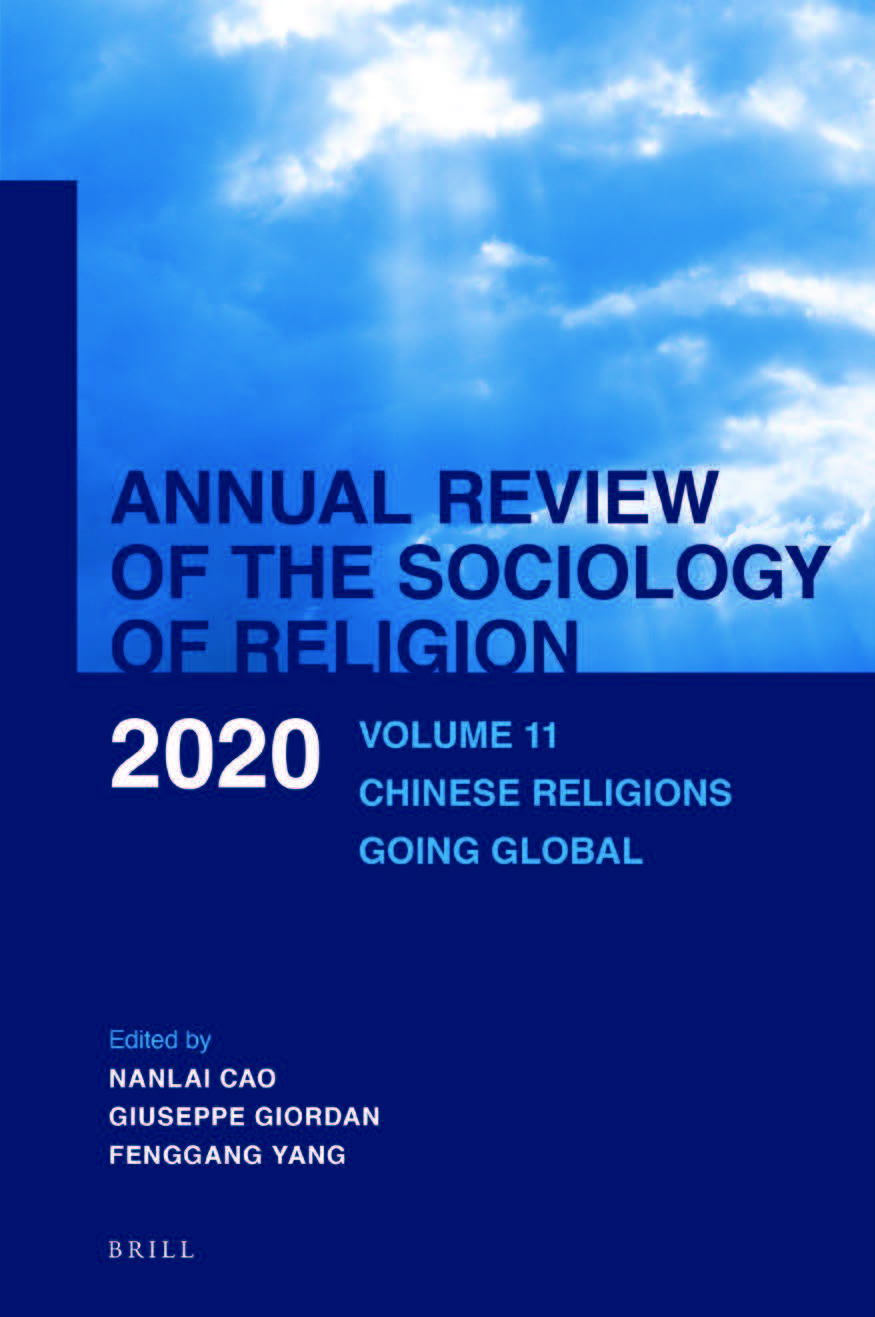
![]()
 The journal Mormon Studies Review devotes most of its current issue (Vol. 8) to politics among Latter-day Saints, both on a global scale and in the American context. The lead article looks at how the rapid global expansion of Mormonism has had some impact on members’ political commitments. Laurie F. Maffy-Kipp writes that the LDS church has lived in the tension of maintaining an American uniformity of teachings, practices, and structure throughout the world (which non-Western converts value) while increasingly adapting to and innovating in different societies. Thus in Western Europe, the LDS church can be more political than in the U.S. or Africa. In Oceana and New Zealand (which is also the subject of a separate article), the church finds members pressing for indigenous traditions and practices. Another article focuses on the LDS church and its conservative activism on issues of gender and sexuality, particularly LGBTQ and prolife issues. K. Mohlmann makes the case that these issues have dominated the church in place of the racial concerns of previous decades. The final article uses survey data to argue that the church’s involvement in the same-sex marriage issue has alienated a segment of younger Mormons and that this tendency to political liberalism may hold sway over Mormon identity throughout the lifecycle of these young adults. For more information on this issue, visit: https://www.press.uillinois.edu/journals/msr.html.
The journal Mormon Studies Review devotes most of its current issue (Vol. 8) to politics among Latter-day Saints, both on a global scale and in the American context. The lead article looks at how the rapid global expansion of Mormonism has had some impact on members’ political commitments. Laurie F. Maffy-Kipp writes that the LDS church has lived in the tension of maintaining an American uniformity of teachings, practices, and structure throughout the world (which non-Western converts value) while increasingly adapting to and innovating in different societies. Thus in Western Europe, the LDS church can be more political than in the U.S. or Africa. In Oceana and New Zealand (which is also the subject of a separate article), the church finds members pressing for indigenous traditions and practices. Another article focuses on the LDS church and its conservative activism on issues of gender and sexuality, particularly LGBTQ and prolife issues. K. Mohlmann makes the case that these issues have dominated the church in place of the racial concerns of previous decades. The final article uses survey data to argue that the church’s involvement in the same-sex marriage issue has alienated a segment of younger Mormons and that this tendency to political liberalism may hold sway over Mormon identity throughout the lifecycle of these young adults. For more information on this issue, visit: https://www.press.uillinois.edu/journals/msr.html.
![]() The binary Western frame opposing “radical” and “moderate” Muslims tends to reduce diversity among Muslims to the extent to which they pose a security threat. But Muslim individuals, governments, and religious institutions also engage with this frame, write Margaretha A. van Es (University of Utrecht), Nina ter Laan (University of Utrecht), and Erik Meinema (University of Cologne) in their introduction to the
The binary Western frame opposing “radical” and “moderate” Muslims tends to reduce diversity among Muslims to the extent to which they pose a security threat. But Muslim individuals, governments, and religious institutions also engage with this frame, write Margaretha A. van Es (University of Utrecht), Nina ter Laan (University of Utrecht), and Erik Meinema (University of Cologne) in their introduction to the  current issue of Religion (52:2), which proposes new perspectives on the politics of moderation in Muslim-majority and Muslim-minority settings. Authored by Brussels-based researcher and policy analyst Serafejn Pektas, one of the six articles in the issue examines three reputable religious institutions upholding the “moderate” vs. ”radical” distinction and contrasting peaceful Islam with jihadist violence, especially with an increased emphasis after the emergence of the so-called “Islamic State” (IS). These three institutions are al-Azhar al-Sharif (Azhar) in Egypt, Nahdlatul Ulama (NU) in Indonesia, and al-Rabita al-Muhammadiyya lil-Ulama (RMU) in Morocco. Although their respective legal statuses differ, all three are leading authorities associated with “official Islam.” Each actually integrates a particular notion of “moderate Islam” with their respective state’s understanding of “official Islam.” They “synchronize the authoritative Islamic rulings with the changing situation and political needs.”
current issue of Religion (52:2), which proposes new perspectives on the politics of moderation in Muslim-majority and Muslim-minority settings. Authored by Brussels-based researcher and policy analyst Serafejn Pektas, one of the six articles in the issue examines three reputable religious institutions upholding the “moderate” vs. ”radical” distinction and contrasting peaceful Islam with jihadist violence, especially with an increased emphasis after the emergence of the so-called “Islamic State” (IS). These three institutions are al-Azhar al-Sharif (Azhar) in Egypt, Nahdlatul Ulama (NU) in Indonesia, and al-Rabita al-Muhammadiyya lil-Ulama (RMU) in Morocco. Although their respective legal statuses differ, all three are leading authorities associated with “official Islam.” Each actually integrates a particular notion of “moderate Islam” with their respective state’s understanding of “official Islam.” They “synchronize the authoritative Islamic rulings with the changing situation and political needs.”
The comparison between the discourses of the three organizations shows divergent emphases on theological and socio-political factors. All three consider extremism as a distortion of Islam, but they link it to different sources. For instance, Azhar focuses more on the role of Western foreign policy and international dynamics, while NU—though not denying social factors—puts a strong emphasis on the influence of intolerant Wahhabism and other root causes in the Middle East. Through their promotion of moderate and peaceful Islam, all three institutions gain political legitimacy and visibility, but also attract more attention from an international audience and allow them to seek international cooperation. However, Pektas notes that, while the fight against religious extremism opens up a new political space for these organizations, it also presents risks, since the strong association with the state may cost them their moral credibility, as is already quite obvious with Azhar. For more information on this issue, visit: https:// www.tandfonline.com/toc/rrel20/current.
![]()
With UFOs receiving mainstream media coverage, with even the U.S. government recently revealing records about unexplained areal disturbances, the new Handbook of UFO Religions (Brill, $239) may take on new relevance. The new attention to UFOs, as government researchers are keen to point out, strictly concerns explaining unidentified flying objects in the technical sense and is skeptical about the UFO community and their quasi- and actual religious beliefs about extraterrestrial beings and abductions. But as editor Benjamin Zeller points out in the book’s introduction, even the government’s and other mainstream institutions’ broaching the subject of unidentified flying—and crashed—objects plays into a century of American and world folklore on UFOs and the way it has intersected with political and religious thought. Zeller writes that UFO culture and religion concerns far more than flying saucers and extraterrestrial visitors; it embraces everything from Theosophy and occult communication with other planets to evangelical end-times beliefs about the satanic deception of UFOs, to Hindu nationalist beliefs about “flying machines.”
 The book is divided into sections on UFO beliefs, the various spiritual leaders associated with UFO teachings, and the related groups and movements. Chapters include an overview of theological and mainstream religious approaches to UFOs and extraterrestrial beings, showing a surprising openness to their existence. Several chapters cover the more recent millennial groups like the Valley of the Dawn and the Raëlians, which offer visions of massive social transformation through beneficent guidance by extraterrestrials. Another chapter looks at how Japan has become the leader in producing UFO groups in Asia, most notably Kōfuku no Kagaku or the Science of Happiness movement, which sees alien races as already being incarnate on Earth today. This book suggests that there are likely to be conflicts between the “orthodox” science now becoming visible on UFOs and the mystical, quasi-scientific, and token fantastic approaches of UFO religions in a way similar to the battles over evolution and creation. But there may well also be new convergences between mainstream science and UFO religion depending on what is actually discovered and identified about these mysterious flying machines.
The book is divided into sections on UFO beliefs, the various spiritual leaders associated with UFO teachings, and the related groups and movements. Chapters include an overview of theological and mainstream religious approaches to UFOs and extraterrestrial beings, showing a surprising openness to their existence. Several chapters cover the more recent millennial groups like the Valley of the Dawn and the Raëlians, which offer visions of massive social transformation through beneficent guidance by extraterrestrials. Another chapter looks at how Japan has become the leader in producing UFO groups in Asia, most notably Kōfuku no Kagaku or the Science of Happiness movement, which sees alien races as already being incarnate on Earth today. This book suggests that there are likely to be conflicts between the “orthodox” science now becoming visible on UFOs and the mystical, quasi-scientific, and token fantastic approaches of UFO religions in a way similar to the battles over evolution and creation. But there may well also be new convergences between mainstream science and UFO religion depending on what is actually discovered and identified about these mysterious flying machines.
![]()
 Chinese Religions Going Global (Brill, $195), edited by Nanlai Cao, Giuseppe Giordan, and Fenggang Yang, looks at the trend of Chinese religions circulating around the world and then often returning in changed forms to their birthplace. The book is unique for its geographic focus on Europe, including case studies of Chinese religion and Chinese religious communities in Italy, France, Britain, Germany, and Austria, as well as new immigration centers like Dubai. While much of the literature on immigrant Chinese religions has tended to be based on research in the U.S., Europe is becoming the new center of global migration from other countries and provides a new framework for theorizing about religion in contexts that lack long histories of settlement overseas. The book looks at other important trends, such as the way overseas Chinese Christians leverage economic skills and networks in their settlements (in this case, through the coffee houses they run in Milan, Italy) and the tensions they experience in the secular business world.
Chinese Religions Going Global (Brill, $195), edited by Nanlai Cao, Giuseppe Giordan, and Fenggang Yang, looks at the trend of Chinese religions circulating around the world and then often returning in changed forms to their birthplace. The book is unique for its geographic focus on Europe, including case studies of Chinese religion and Chinese religious communities in Italy, France, Britain, Germany, and Austria, as well as new immigration centers like Dubai. While much of the literature on immigrant Chinese religions has tended to be based on research in the U.S., Europe is becoming the new center of global migration from other countries and provides a new framework for theorizing about religion in contexts that lack long histories of settlement overseas. The book looks at other important trends, such as the way overseas Chinese Christians leverage economic skills and networks in their settlements (in this case, through the coffee houses they run in Milan, Italy) and the tensions they experience in the secular business world.
Another important development is the way the “Sinicization” of Chinese religion, in other words, the drive-by China’s Communist Party to make religion authentically Chinese, is carried out by migrants. This is reflected in an ethnographic account showing how Christianity has become a vital social force and moral resource in binding Chinese merchants and traders in the European diaspora. Other noteworthy chapters include ones on the growth of Yiguandao, probably the most transnational indigenous syncretic Chinese religion; the transnational Chinese Christian networks linking south Fujian and Southeast Asia; and the growth of Chinese Catholic churches in Italy.